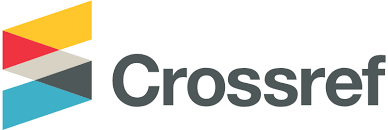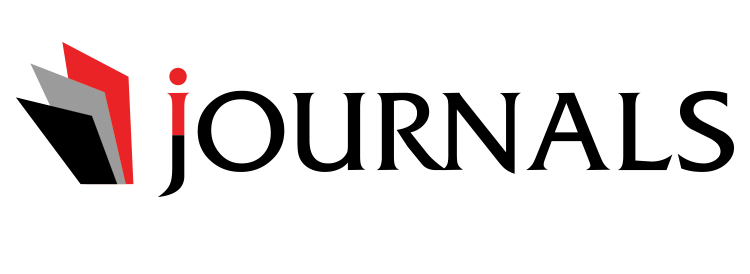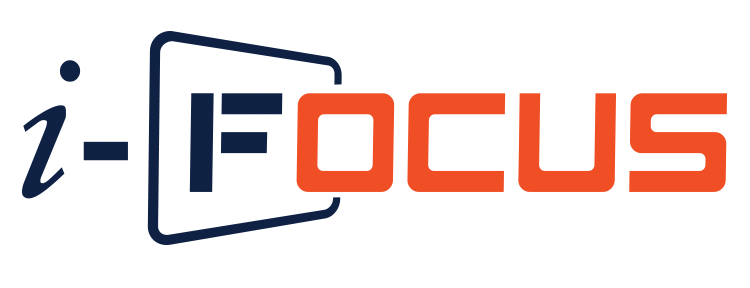In Use of Permeable Groin for Reducing Longshore Sediment Transport at Tanjung Bayang Beach of South Sulawesi
Abstract
Breaking wave near beaches is the main force to generate longshore currents, which moved the sediment at surrounding area. Due to its negative outcome, which are erosion and sedimentation, the need of longshore sediment transport analysis become very important. One of the tools for solving that problem is by using coastal protection structure such as permeable groin. Permeable groin may reduce the rate of longshore sediment transport respectively by changing the level of permeability of the groin itself.
The objective of this research was to obtain analytical results of the longshore sediment transport reduction analysis by using permeable groins at Tanjung Bayang Beach of South Sulawesi. Reduction of sediment transport along the beach was analyzed by calculating reduction coefficient, which is the ratio between the longshore current before and after hitting the permeable groins. The result showed that with 40% of permeability, the groin can reduced longshore sediment transport at Tanjung Bayang Beach for almost 50%; from 341.37x103 m3/year to 170.68x103 m3/year.











